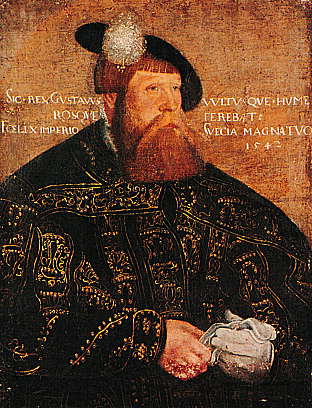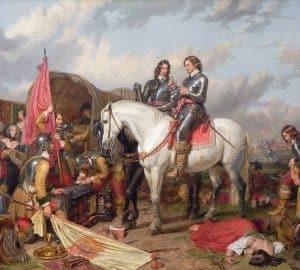
Europe in the early 1600s was a turbulent place that looked very different than the continent we know today. The continent had been rocked to its core by the Protestant Reformation in the 16th century. Theological leaders arose like Calvin and Luther, who had established new Protestant churches based on the Bible.
Europe in the 1600s
Politically the countries looked much different than today. Germany as we know it did not exist. There was a Holy Roman Empire in its place, but much of the power was retained by local rulers, many of them electors who appointed the emperor. These electors were divided between Catholic, Lutheran and Calvinist, as well as their local and personal interests. Another issue in Europe was the conflict between the House of Hapsburg, which included the rulers of Spain, the Holy Roman Empire, and parts of Italy, and the House of Bourbon which ruled France, and had connections to rulers in Germany and elsewhere.

These factors would all come together in the Thirty Years War, which left more than a quarter of the German population dead. In this series of posts we will consider the life of Gustavus Adolphus, one of the greatest commanders of that war, and a man who many say revolutionized warfare. He came from Sweden, which is not one of Europe’s most powerful nations today. But for a time, propelled by the conquests of Gustavus, the weak northern country ruled much of Germany. He was seen as a savior by the Protestants of Germany, delivering them from the oppression of their Catholic conquerors.

Reformation in Sweden
Before we can understand the life of Gustavus Adolphus, we first have to examine some of the early history of Sweden. During the Swedish War of Liberation in the 1520s the country broke away from their union with Denmark and Norway. The leader of the rebellion, Gustav Eriksson, was made king. Not long afterwards he broke away from the Catholic church, but he did not do this because he was converted to Protestantism. It was a way to gain power by taking the church’s land, and to oppose the priests, who wanted Scandinavian unity. Lutheranism was introduced into the nation, and the people became much more civilized as many were converted. Even Gustav himself may have been saved, for as he was dying he wrote out half a sentence, “Rather die a hundred times than abandon the gospel…”

He was succeeded by his son Erik, who quarreled with the nobility. He was eventually deposed, and replaced by his brother John, who probably poisoned him. John did not heed his father’s warning. Although he did not openly reject Lutheranism, he began drifting away from the faith of his nation. Upon his death in 1592 he was succeeded by his son Sigismund, and with him the split became complete. Sigismund converted to Catholicism and was made king of Poland. The Protestant Swedes were upset by this, and when the king rejected the Confession of Augsburg, they had had enough. They rebelled against Sigismund and appointed his uncle Charles king, the brother of Erik and John. Unsurprisingly, Sigismund did not peacefully accept this change, and throughout his life he claimed to be king of Sweden and sought to regain the throne.
It was into this difficult situation that Gustavus was born on December 9th, 1594, where we will pick up with the next post in this series.
Sources
The Thirty Years War by C. V. Wedgwood
Gustavus Adolphus and the Struggle of Protestantism for Existence by C. R. L. Fletcher




